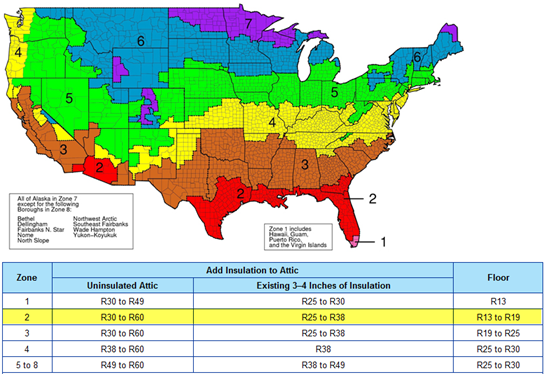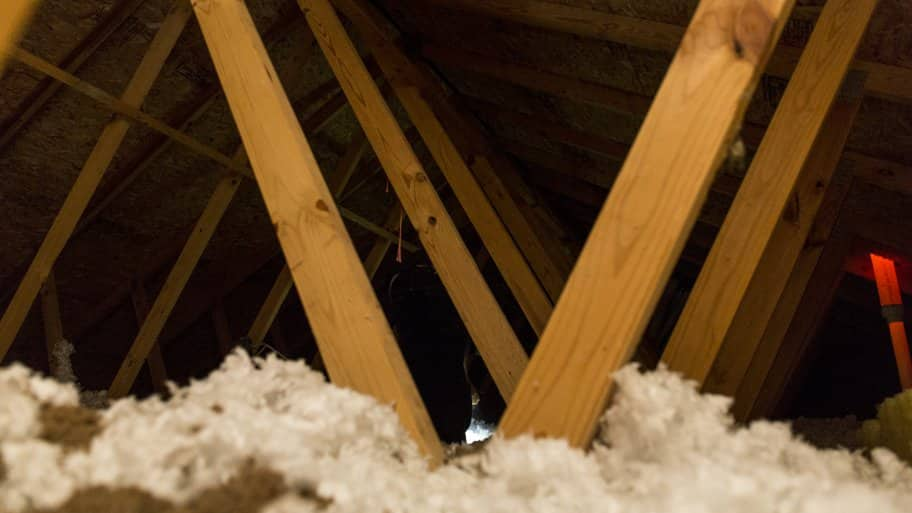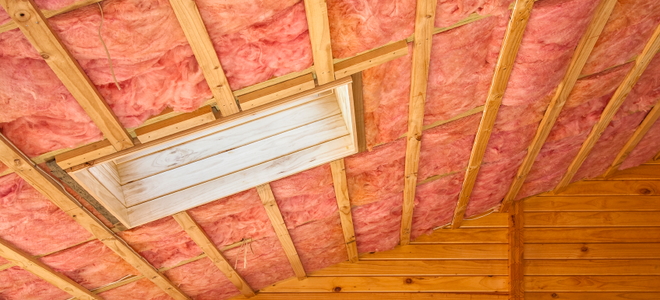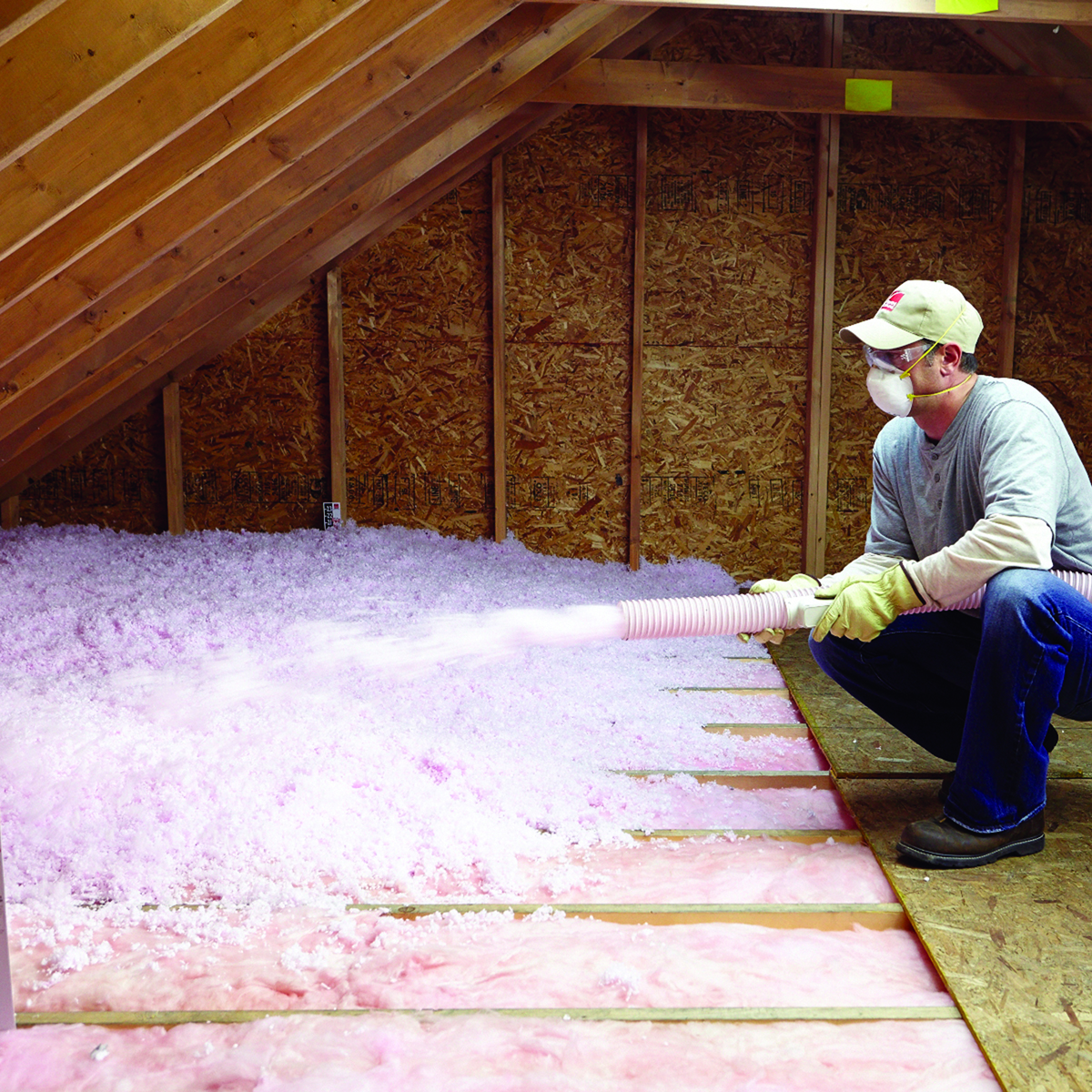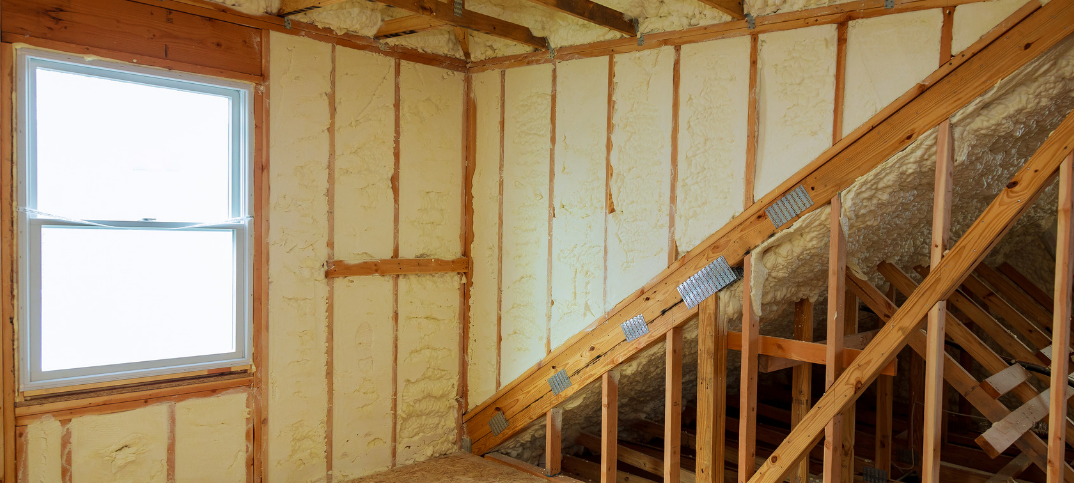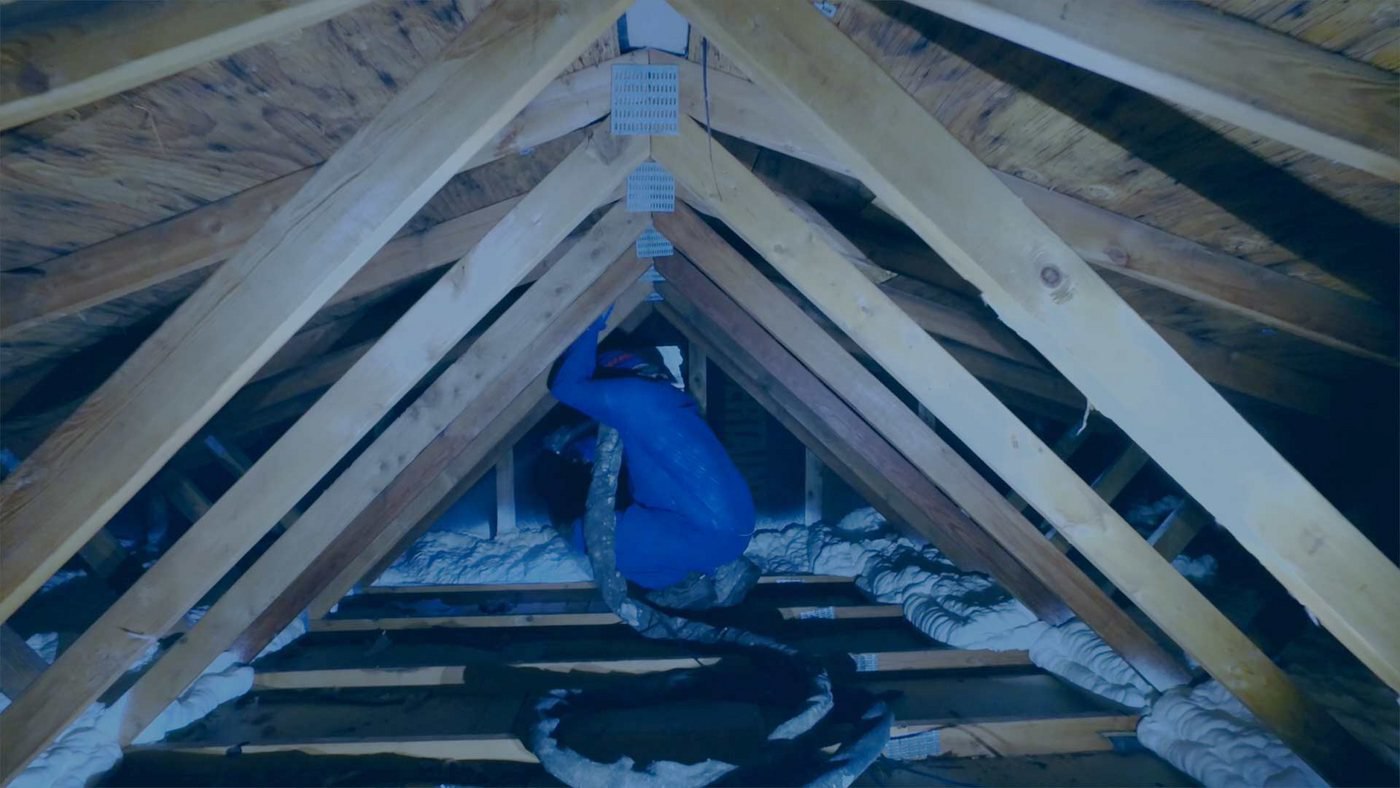When blown into attics and wall spaces loose fill fiberglass offers an average r 2 5 thermal value per inch the higher the number the greater the insulating effect.
Depth of blown in attic insulation requirements houston texas.
The amount recommended varies by climate zones.
Benefits of blown in attic insulation.
R value is a measure of insulation s ability to resist heat traveling through it.
Blown fiberglass installed in the attic has an r value of 2 2 per inch so 12 inches of it would give you an r value of 26 4 in your attic installation project.
What region you live in see the map below what type of hvac systems you have.
Residents of southern and central texas should insulate their attics to at least r 30 or about 9 5 inches of conventional fiberglass batt insulation.
Get your insulation done now.
Insulation professionals will be able to tell you how much insulation you need based on.
If you live in the texas panhandle consider increasing your insulation level to at least r 38.
For example if you have a type of insulation that has an r value of r 5 per inch of thickness you will need a depth of 6 inches of this insulation installed in your attic to reach r 30 if you live in zones 2 or 3.
Insulation level are specified by r value.
Does your attic have enough insulation.
Blown or sprayed roof ceiling insulation.
85 of all homes in the houston area are not properly insulated.
For blown or sprayed fiberglass or cellulose markers shall be provided for every 300 square feet of attic area attached to the trusses rafters or joists and indicate in 1 inch high numbers the minimum initial installed thickness.
Department of energy recommends attic insulation levels of r 38 for southeastern texas counties.
Department of energy recommends homeowners have a certain depth of blown in insulation in their attics.
The higher the r value the better the thermal performance of the insulation.
You d need a thickness of.
This is equal to 15 to 18 inches of fiberglass insulation.
The table below shows what levels of insulation are cost effective for different climates and locations in the home.
It is very lightweight which makes it perfect for attic applications above inch drywall ceiling with framing every 24 inches.
The problem is that it can lose over 50 of its effectiveness at very low temperatures unless blanket insulation is used in conjunction with the loose fill fiberglass.



